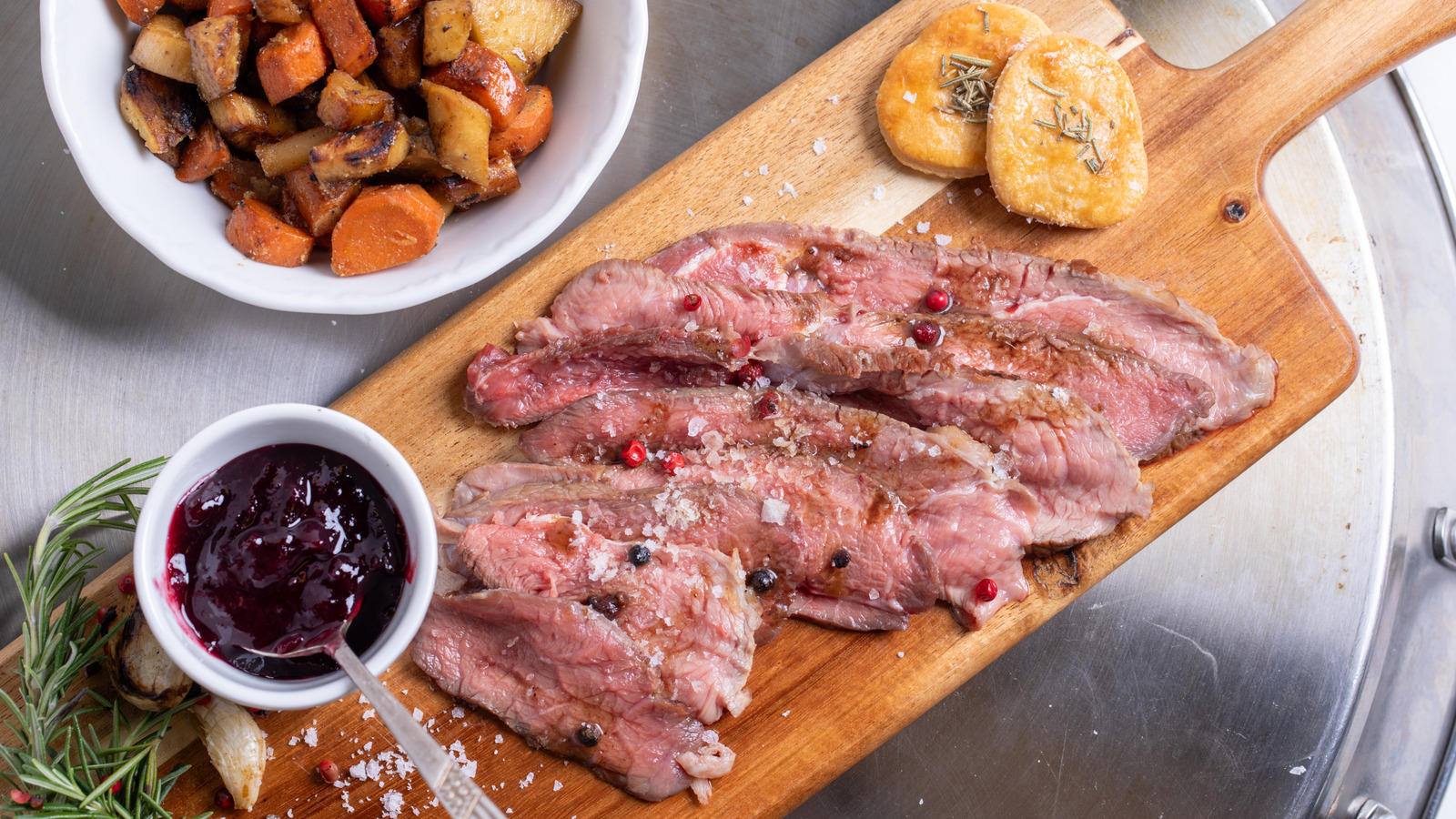
"LTLT cooking - or low temperature long time cooking - transforms ingredients through gentle, extended heat application at precisely controlled low temperatures. This method involves cooking food at heat typically regulated between 120 to 140 degrees Fahrenheit, for periods ranging from one to several hours. The best-known application of LTLT cooking is sous vide, which translates to "under vacuum" in French. Meat - or even fish, poultry, and vegetables - are marinated, sealed, and then immersed in a temperature-controlled water bath for hours."
"The extended cooking time at low temperatures gradually breaks down tough fibers and connective tissues in meat, and the result is the kind of melt-in-your-mouth tenderness that is practically impossible to achieve using traditional high-heat methods. Additionally, once you get the combination of temperature and time right on your sous vide steak, you can replicate the exact same level of tenderness every single time."
"We may receive a commission on purchases made from links. Yes, you can use this technique at home. Unlike precision baking or cooking delicate sauces that will curdle if you look away for a second, you do not need to worry too much when trying your own sous vide experiments. This is because LTLT cooking operates at dramatically lower temperatures than conventional methods."
LTLT (low temperature long time) cooking applies gentle, prolonged heat, typically 120–140°F, to transform ingredients through precise temperature control. Sous vide involves marinating, sealing, and immersing ingredients in a temperature-controlled water bath for hours. Extended low-temperature cooking breaks down connective tissues and tough fibers in meat to produce melt-in-the-mouth tenderness that high-heat methods rarely achieve. Precise time-and-temperature control enables consistent, repeatable results. Many cooks finish sous vide meats with a quick high-heat sear to develop a caramelized crust. The lower temperatures also make home experimentation more forgiving than many delicate high-heat techniques.
Read at Tasting Table
Unable to calculate read time
Collection
[
|
...
]